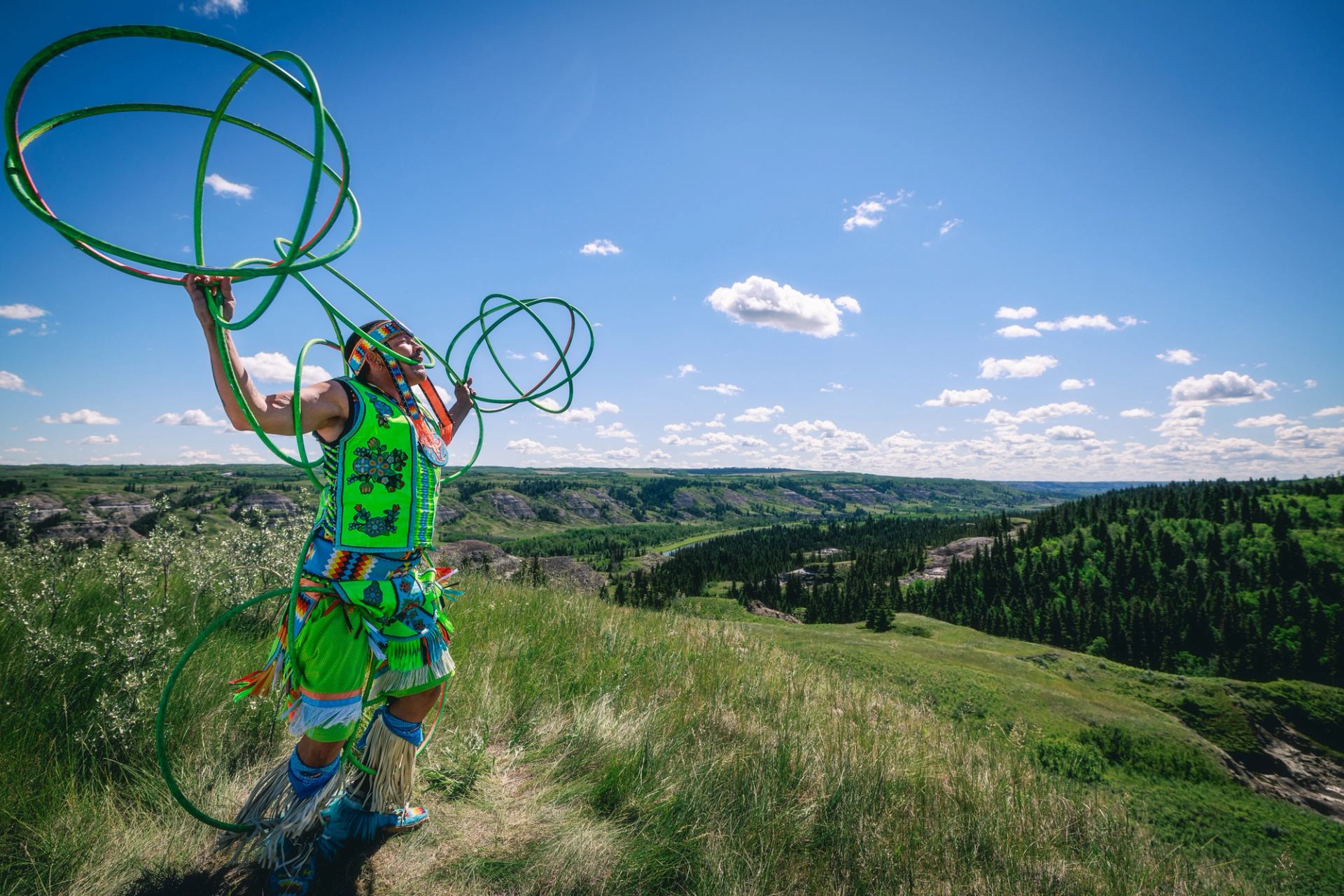Indigenous Peoples, including First Nations, Inuit and Métis, have traditionally inhabited the land we call Alberta for generations. Today, there are 48 First Nations and 22 Métis (Otipemisiwak) districts across the province. Through Indigenous tourism, entrepreneurs and communities share their ways of life and rich cultures with visitors from Alberta and around the world.
Indigenous tourism operators fill many different roles, from guides and knowledge keepers to artists and chefs. They represent many different Indigenous nations and have plenty of incredible experiences to share with those who wish to learn more about the richness and diversity of Indigenous cultures found here.
For non-Indigenous tourism operators, there are many ways to build authentic partnerships with Indigenous communities. By learning from and engaging with local communities, it is possible to build long-term, reciprocal partnerships that celebrate the unique cultures and ways of life that make this place so special.





